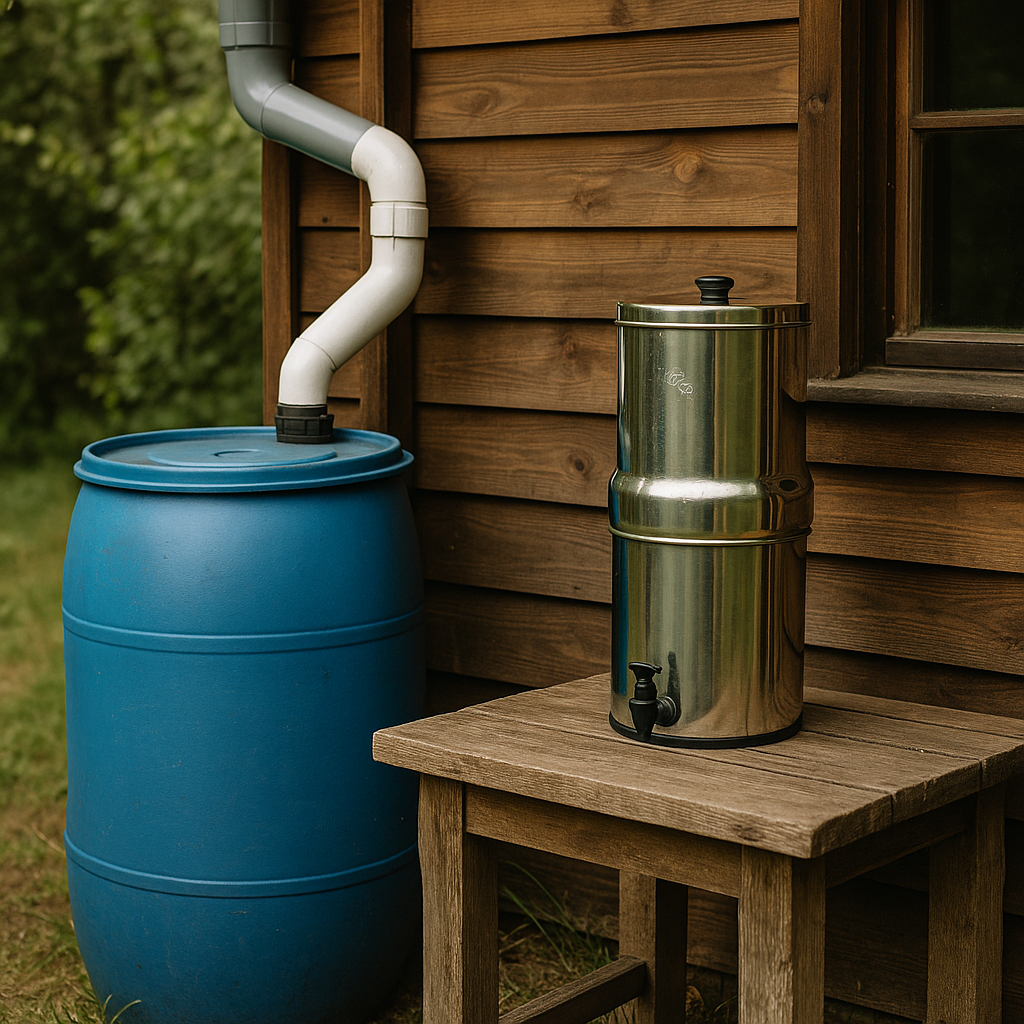Food storage, first aid kits, and defensive tools often dominate prepper conversations. Yet, in every real-world disaster, the two biggest killers are not hunger or violence—they’re unsafe water and poor sanitation.
As preppers, it’s easy to stack cases of freeze-dried meals and call it a day. But without clean water and proper waste management, even the best food supply becomes useless. Let’s dig into why water and sanitation systems should be at the core of your preparedness plan, and how you can build resilience in this often-overlooked area.
Why Water is Always Priority #1
- The Rule of Threes reminds us: you can survive 3 minutes without air, 3 days without water, and 3 weeks without food.
- Dehydration sets in quickly and worsens stress, decision-making, and physical strength.
- Water isn’t just for drinking—it’s essential for cooking, cleaning, and hygiene.
In an extended crisis, water sources can be compromised by:
- Flooding and contamination (sewage, fuel, chemicals)
- Frozen infrastructure in winter
- Power outages disabling municipal pumps
- Runoff after wildfires or storms
For preppers, this means storage + filtration + collection + purification are all necessary layers.
Building a Resilient Water Plan
1. Storage
- Short-term: Store 4 liters (1 gallon) per person per day for at least 2 weeks. Don’t forget pets.
- Long-term: Use food-grade barrels (55-gallon drums) or IBC totes for larger households. Rotate every 6–12 months.
2. Filtration & Purification
- Portable filters (Sawyer Mini, LifeStraw) are good for individuals.
- Gravity-fed systems (Berkey, Katadyn) can handle family-level needs.
- Backup methods: boiling, bleach (unscented, 8 drops per gallon), or iodine tablets.
3. Collection
- Rainwater harvesting systems with first-flush diverters.
- Hand pumps for shallow wells.
- Solar distillation (good for emergency desalination).
4. Redundancy
Never rely on one system. Have multiple ways to store, filter, and collect water.
Sanitation: The Silent Killer in Disasters
When plumbing fails, disease outbreaks skyrocket. Cholera, dysentery, and hepatitis A are all linked to poor waste management. In many historical collapses, more people died from sanitation failures than from the disaster itself.
Prepper Sanitation Basics
- Human Waste:
- 5-gallon bucket toilets (lined with heavy-duty trash bags, topped with sawdust or cat litter).
- Composting toilets for longer-term sustainability.
- Digging latrines away from water sources.
- Trash & Waste:
- Burn paper waste safely in a barrel.
- Separate food scraps to avoid pests.
- Bury organic waste at least 200 feet from water.
- Hygiene:
- Stockpile soap, wet wipes, and hand sanitizer.
- Learn to make simple soap from ash and fat/oil for when supplies run out.
- Store menstrual hygiene products or reusable cloth alternatives.
Special Considerations for Canadian Preppers
- Winter Water Challenges: Stored water can freeze solid. Insulate barrels, bury cisterns below frost line, or use heated livestock troughs as dual-purpose storage.
- Rural Wells: Many Canadian preppers rely on private wells. Backup hand pumps or solar-powered submersible pumps are critical if the grid fails.
- Boil Advisories: In smaller towns, even short outages often trigger boil-water advisories. Practice alternative purification methods now, not later.
Integrating Water and Sanitation into Community Preparedness
Preparedness isn’t just individual—it’s collective. A neighborhood plan for shared water purification, communal latrines, and greywater management can prevent disease and panic. If one household has clean water while others don’t, it can quickly lead to conflict.
Final Thoughts
Water and sanitation may not feel as glamorous as survival rifles or solar panels, but they’re life and death priorities. Without a steady supply of clean water and safe waste disposal, no prepper plan will hold up for long.
By building layered systems—storage, filtration, collection, purification, and sanitation—you create resilience that protects not only yourself but also your family and community.
Remember: Prepping is about thriving, not just surviving. And thriving always starts with safe water and proper sanitation.





